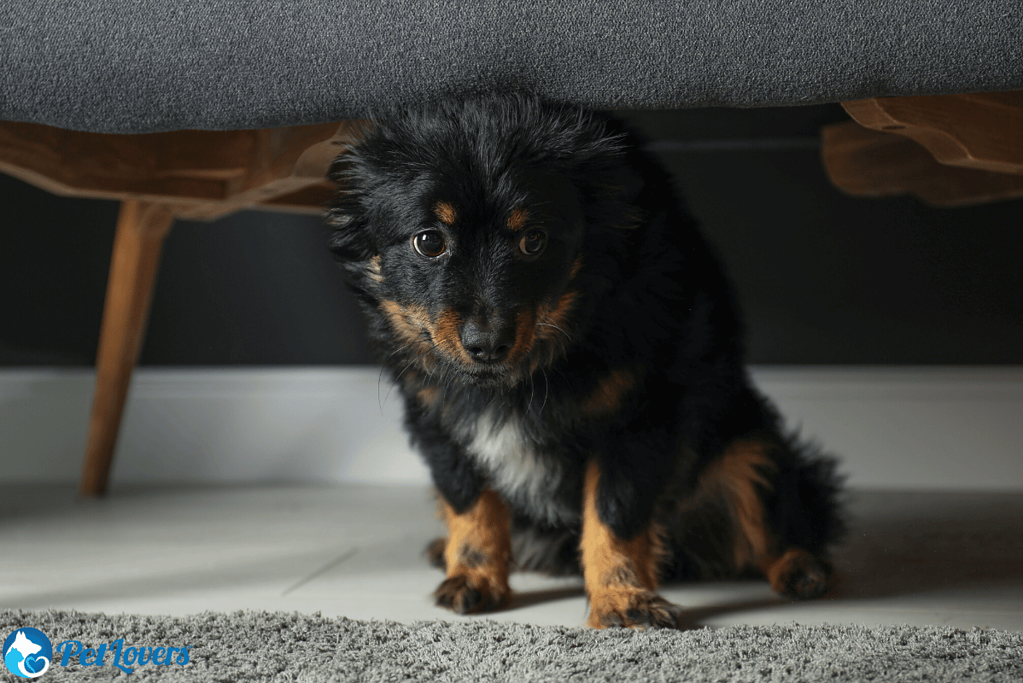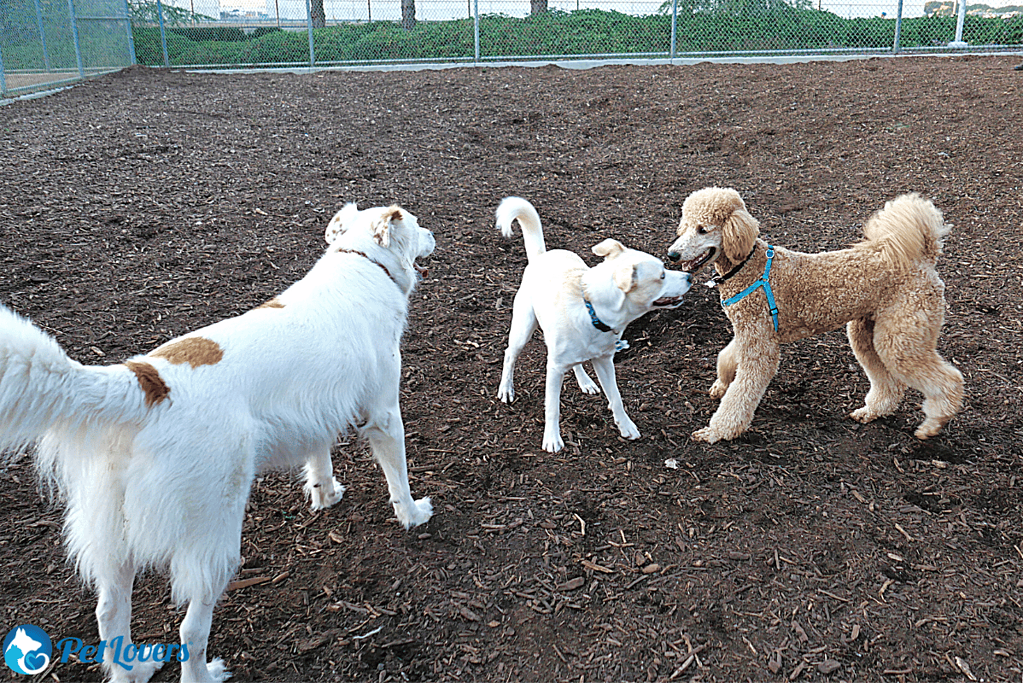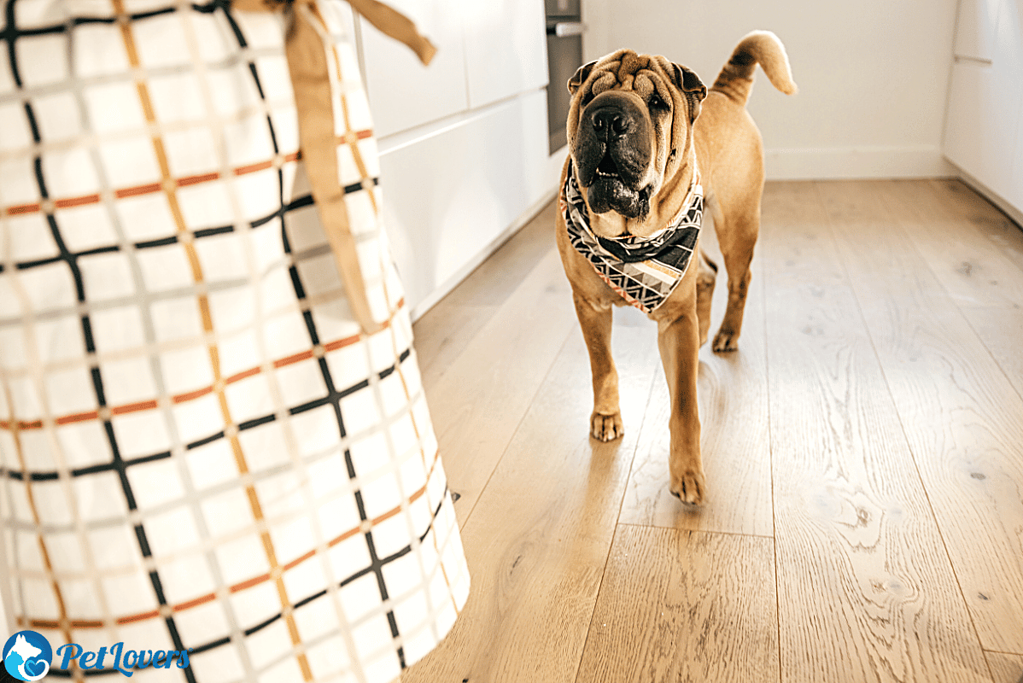Types Of Dog Brushes
Grooming your dog regularly helps minimize shedding, control where that loose hair falls, and improve the health of your dog’s

If you find your dog shedding more than usual, it’s quite likely that your pooch is stressed. Just as humans can experience hair loss because of high-stress levels, dogs can also undergo abnormal shedding due to anxiety or stress.
You must have noticed your pup’s loose hair falling out constantly when it is at the veterinary clinic. Some dogs loathe the clinic odor, while others are simply afraid of the vet. Below we tackle the answer of do dogs shed when stressed, signs you can be aware of, and how to minimize stress shedding.
Table of Contents
Excessive shedding can be symptomatic of your canine’s increased stress levels, an underlying coat problem, bacteria or fungal infections, or allergies. While it’s normal for dogs to shed excessively in the fall and spring as their body prepares for extreme seasons ahead, you must look out for symptoms associated with an underlying problem.
Stress can lead to adaptive changes in your pup’s body, such as increased muscle energy, rapid heartbeat, high blood pressure, and slow digestion. If stress continues for prolonged periods, your canine’s growth, healing ability, and immunity can also be affected.
Just as skin is the largest organ in humans, your canine’s coat makes up most of its body. It offers protection against dangerous elements of the environment, including microbes, extreme temperatures, harmful chemicals, mechanical trauma, and UV rays.
It’s not clear how stressful stimuli cause a dog’s coat to shed fur. Veterinary scientists theorize that it may be because high-stress levels cause impairment in stem cells that produce hair and send hair follicles into a resting phase, thereby preventing the formation of new hair strands.

This hypothesis is derived from the phenomenon of telogen effluvium in humans. However, unlike humans, dogs have compound hair follicles with each pore containing a hard central hair and up to 20 secondary hair strands.
This is why hair loss related to stress is a lot more pronounced in dogs than in humans. The size and quantity of both primary and secondary hair developing from compound hair follicles are what cause variations in dogs’ coats.
One of the primary stress hormones in dogs is epinephrine or adrenaline. When dogs feel stressed, their sympathetic nervous system releases epinephrine which can cause increased oil production and fibrosis around their compound hair follicles, weakening the shafts which ultimately leads to shedding.
It’s basically your pooch’s fight-or-flight mode which is counteracted by its parasympathetic nervous system. If your dog has ever had a disease called canine adenitis alopecia, your doctor must have informed you that there is fibrosis around the hair follicles and a lack of moisture retention.
Though it has not been scientifically established, this may be the reason why stress triggers a dog’s hair loss.
Shedding is a normal process that all dogs go through to rid their bodies of old and damaged fur. The amount or level of shedding depends on. The breed of your canine, their fur type, and the time of the year can affect how much hair a dog sheds.
If your canine loses too much fur during a non-shedding season, chronic stress is most likely to be its cause, especially when it’s accompanied by other symptoms like dryness, itching, bald spots, and scaly skin. It’s perfectly normal for your canine to ‘blow their coat’ in response to higher stress levels.
This usually happens at the vet’s clinic when your pooch is nervous or afraid to be checked. They feel nervous or stressed because of multiple reasons, such as fear of being restrained or prodded by needles.

As abnormal or excess shedding can be caused by a variety of phenomena, you must look out for other symptoms of stress to ensure it’s stress-related shedding. When you take your pooch to a vet, they rule out other factors before diagnosing it with anxiety or stress.
These factors include allergies, alopecia, poor nutrition, dehydration, overgrooming, certain medications, genetic problems, hormonal disorders, parasitic infections, and pregnancy or lactation.
Anxiety-induced shedding is characterized by shakiness, changes in eyes and ears, panting, excessive yawning, abnormal licking, and changes in body posture. As these symptoms are not always pronounced, you must always look out for subtle signs of stress.
For example, while it’s normal for dogs to roll in the grass or shake their bodies, it can also be indicative of stress. Similarly, excessive vocalization is another subtle sign of stress in dogs that a pet owner can overlook.
Unless you own a nosy breed, such as the Yorkshire Terrier or the Samoyed dog, too much barking can be stress-related. Veterinary psychologists explain it as a dog’s way of getting their human parent’s attention.
Furthermore, if you notice your dog yawning a lot, it may also be because they are stressed. The fine distinction between a sleepy yawn and a stressful yawn is that the latter is more intense and prolonged.
Many stress-related symptoms in dogs are similar to those in humans. For example, dogs under stress, just like humans, open their eyes wide. It’s one of the easiest symptoms to identify in a stressed canine as dogs only get whale eyes when they feel stressed, threatened, or frightened.
To identify these subtle signs of stress, you must be familiar with your canine’s normal body posture and behavior. Any deviation from its regular behavior can be indicative of stress.
For example, if your dog is constantly licking its lips, you should be able to tell whether it’s because it is hungry or stressed. Disassociating your pooch from the stressor is the first thing you should do when you realize they are stressed.
Many pet owners can’t resist pampering their pups in stressful situations. However, this can be counterproductive as excessive affection can lead to behavioral issues.
Instead of cuddling your pup repeatedly or pampering it with a treat, you must make it follow a command before you reward them. You can provide them with a sense of normalcy by making them follow routine commands.
Dogs are critters of habit and any disturbance in their routine can cause or exacerbate their stress. If your canine has been stressed for a long time and nothing you do helps, you should consult a veterinarian.
After ruling out illnesses that lead to stress, the vet may refer you to a dog behaviorist for psychological evaluation. Your pooch may also have to take anti-anxiety medication if needed.
Whether your dog has stress because of an underlying disease or a behavioral challenge, you can try to minimize its symptoms, such as excessive hair loss. A professional consultation is a prerequisite when it comes to dealing with stress shedding in dogs. However, you can also perform several actions to reduce your canine’s stress.
Behavioral challenges, environmental changes, boredom, and inconsistent routines can lead to stress in dogs. In response to increased stress levels, dogs start shedding more than usual. If you are familiar with your dog’s normal behavior, you should be able to identify stress symptoms when they emerge. You can use the above-mentioned tips to minimize your dog’s shedding and stress.
 PetLovers
PetLovers
Grooming your dog regularly helps minimize shedding, control where that loose hair falls, and improve the health of your dog’s
Have you begun to notice a little more cat fur around the home than you are used to? Most cat
A slicker brush is one of the most essential tools in your dog grooming arsenal. This product can do it
TO GET 15% OFF ON ALL YOUR PURCHASES